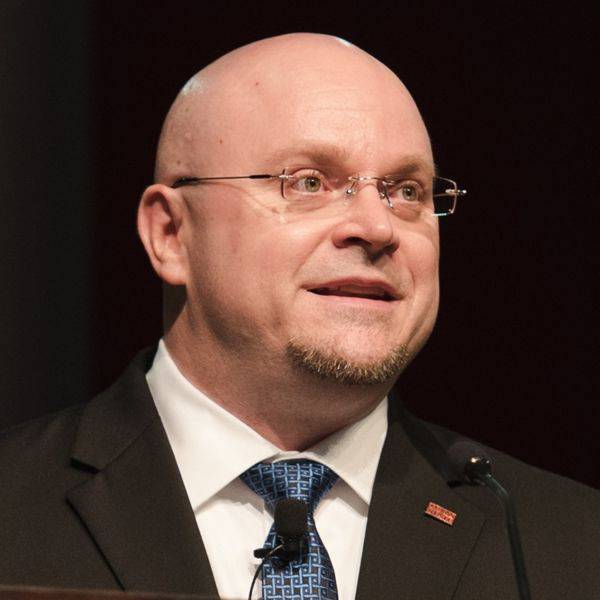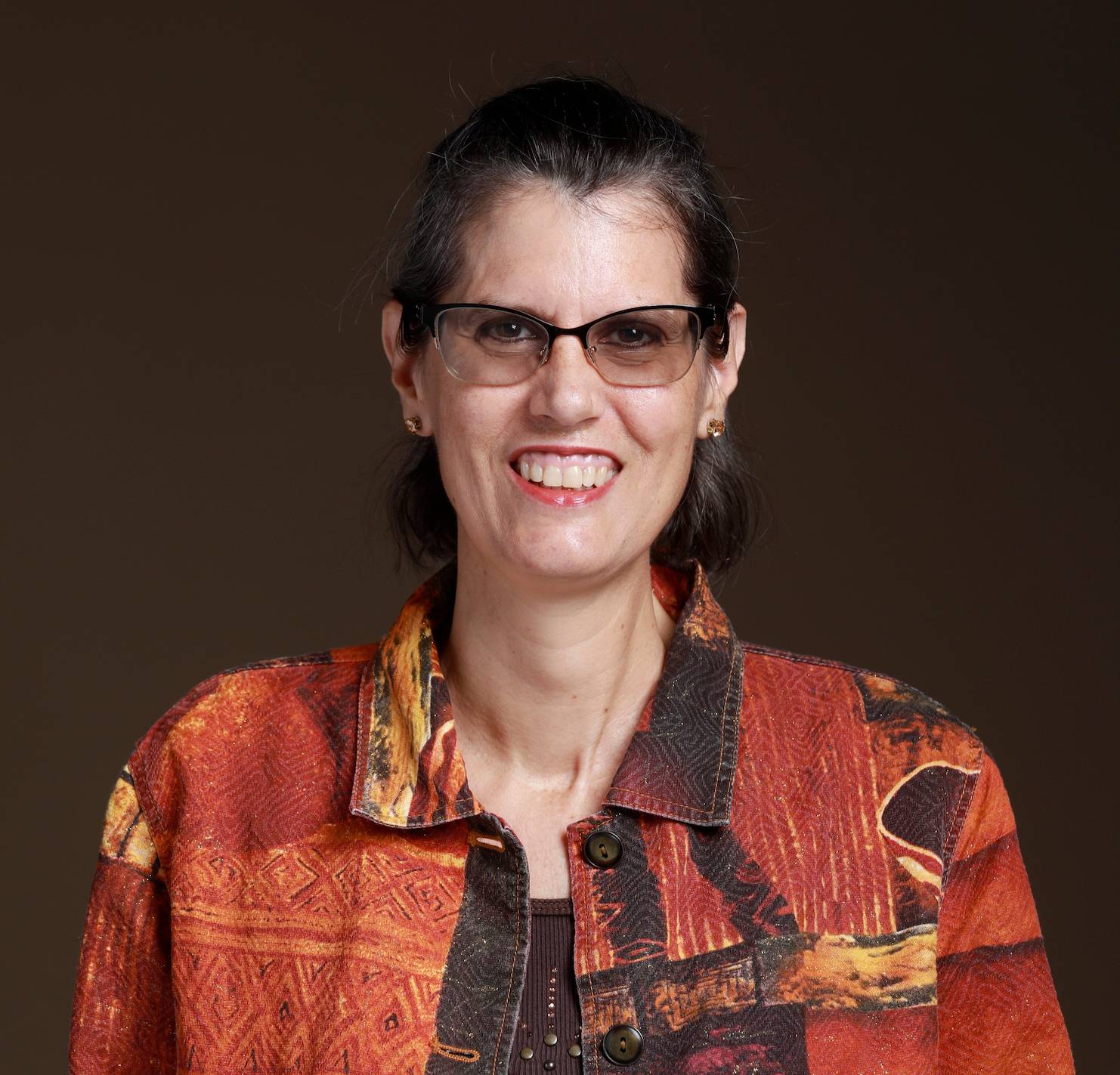COVID-19 provides fertile breeding ground for conspiracy theories
Jayme Blaschke | April 1, 2020

As the COVID-19 pandemic continues, the spread of conspiracy theories about the coronavirus threatens to undermine legitimate efforts to combat the disease and cause lasting harm, warn researchers at Texas State University.
At best, conspiracy theories are a distraction, but such misguided beliefs could lead to a disregard of medical advice or worse.
“In a lot of these cases, people want to believe there is a structure to the world, that there’s an order that’s easy to follow, even if it’s complex,” said Twister Marquiss, senior lecturer in University College and director of the Common Experience program. “They’re imposing an artificial structure onto the world. I think it’s simple to see why people would want to cling to something that would help them understand it. That’s how a conspiracy theory is going to spread.
“The real dangerous part of this—or with any conspiracy—is that it creates a false understanding about an event or about people. It can feed stereotypes. It can feed racism. It can feed xenophobia,” he said. “By creating a false structure the way a conspiracy theory can, and creating false culprits in some cases, it can lead to damaging effects on society.”

Most conspiracy theories involve powerful, villainous forces out to get the little guy. Institutions, corporations, governments and secret societies are often depicted as secretly trying to harm others, said Nathan Pino, a professor in the Department of Sociology. In the case of coronavirus, some may believe the pandemic is a hoax perpetrated by the Democratic Party to politically damage President Donald Trump, or that it’s a secret bioweapon unleased on the U.S. by China.
“So many people are believing conspiracies spread online, and there’s a lack of trust in institutions in general,” Pino said. “Obviously, they’re not going to trust the opposition political party. Foreign governments are a threat. The scientific community and respected media outlets are suspect. Infowars pushes falsehoods, but mainstream media is owned by corporations and sometimes slants stories.
“Because of government coverups about other problems, like the Tuskegee syphilis experiments, the Gulf of Tonkin, etc., all that put together creates a lack of trust in institutions that are supposed to be trustworthy,” he said. “Those things add up in people’s minds. That makes a conspiracy theory easier to believe. The failure of our education system to teach critical thinking is also to blame. Our schools don’t teach students how to assess if information is credible or not.”
People who have accepted the validity of conspiracy theories seek out alternative forms of media because they don’t trust established institutions, Pino explained. They seek out sources that already agree with their worldviews, leading to a self-perpetuating feedback of confirmation bias. When elected officials promote discredited conspiracy theories, sharing them on social media and getting thousands of shares, the conspiracy theory is further legitimized and entrenched beliefs are reinforced.
“Those who believe in conspiracy theories often erroneously believe they are exercising independent critical thinking. They believe they’re thinking outside of the box,” Pino said. “The fact is their critical thinking skills are not up to par and they’re not weighing evidence.
“If you’re barking up the wrong tree, pursuing overly-simplistic explanations, then you’re not focused on actual problem,” he said. “Conspiracy theorists are actually helping entrench the system further because they’re distracted and not focused on the root causes of the problem.”

Fortunately, most conspiracy theories have tell-tale signs that make them easy to recognize, said Elizabeth Kanon, a lecturer in the Department of Philosophy. Being alert to common rhetorical tricks can help individuals avoid being taken in by conspiracy theories great and small.
“Sometimes they’re referred to as vacuous or meaningless arguments, but what makes a self-sealing argument a favorite of conspiracy theorists is that it can never be disproven,” Kanon said. “What marks a scientific theory is the possibility that it could be replaced by a better theory down the road. New evidence will test the theory to see if it will fail. Most conspiracy theories are not like that. They use every piece of evidence as confirmation of the conspiracy.
“Rather admitting that a piece of evidence could be a problem, they’ll turn it and spin it to actually be confirming the theory. It can never be defeated,” she said. “When anybody goes, ‘Hey, wait a minute. What about this?’ and they answer, ‘Oh no, that actually proves what I’m saying!’ now you know you’re working with something that might be a self-sealer.”
The next common fallacy to look out for is the conjunction fallacy Kanon said. Conspiracy theorists will use available evidence to prove one point, but then tie many other additional facts to that one, despite the lack of additional supporting evidence.
“Here, the big one is ‘and.’ The fallacy is that people put together these ands, they link together A and B and C and D. They’ll pack in all these other things too, that are not really in the information we are given. They just start filling in the blanks,” she said. “So with coronavirus, evidence shows us that it is an illness. Evidence doesn’t support that it’s an illness and it was created in a lab and it’s put out there to bring the destruction of the economy and bring about the end of the middle class. All we can get from the information available is that it is a disease, not one that’s planned to take us all out.”
A denial that something could be mere coincidence is common among conspiracy theories. The fact that someone sold stocks at a fortunate time does not prove they were behind the introduction of the coronavirus into the world population—correlation does not equal causation, Kanon said. Along a similar vein, for a true conspiracy theory, bigger is better, and as many globe-spanning tropes as possible will be folded into the narrative. With the coronavirus, listen long enough and sooner or later somebody will bring up the Illuminati or the New World Order.
“All the usual suspects will fit into the story,” Kanon said. “That’s a real good sign you’ve got a conspiracy theory.
“Finally, sometimes people just like spectacular stories over mundane ones. ‘I went to work,’ is a boring story, whereas, ‘On my way to work there was an accident and I had to swerve,’” she said. “You build it up, and that’s a lot more interesting story. People like to have more interesting things to talk about.”
Share this article
For more information, contact University Communications:Jayme Blaschke, 512-245-2555 Sandy Pantlik, 512-245-2922 |